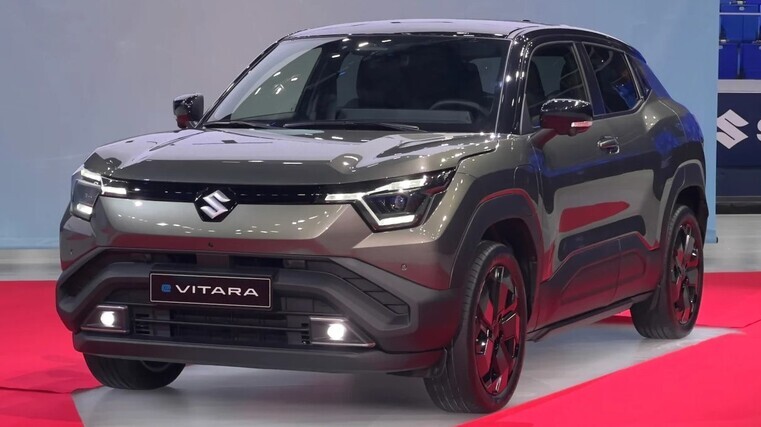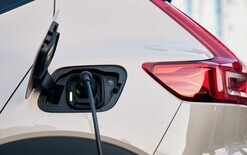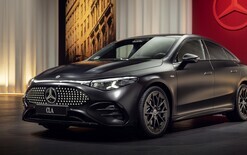Suzuki’s drive for electric

Suzuki has unveiled its first electric car in India in an attempt to catch up with its rivals.
The e-Vitara will be launched later this year. It isn’t a pure-electric version of the existing hybrid Vitara, but its design is based on the eVX concept revealed in January 2023.
Suzuki will be sharing the e-Vitara with Toyota, which will launch a rebadged, potentially slightly different-looking version as the second bZ-branded EV.
The electric SUV’s battery options will comprise a 49kWh unit and a bigger 61kWh pack, the former only available with a single 106kW front-mounted motor.
The larger unit increases the front-wheel-drive variant’s power to 128kW, and 135kW and 190Nm with the dual-motor AWD option.
The AWD e-Vitara also gets a new trail mode that uses the brakes to mimic a traditional limited-slip differential.
The e-Vitara was showcased this month at the Bharat Mobility Global Expo 2025 in New Delhi by Maruti Suzuki India, which is planning to make India a hub that can export EVs to up to 100 countries.
“We have chosen India as a global manufacturing base due to its quality product and scale merit,” says Toshihiro Suzuki, representative director and president of Suzuki Motor.
Maruti Suzuki is India’s biggest automaker. It plans to invest the equivalent of about NZ$432 million to make the e-Vitara at its Gujarat plant.
Managing director Hisashi Takeuchi says it will be the exclusive manufacturer for the EV that will hit the market later this year.
The marque is planning to introduce another five EVs by 2030 and wants to be the largest EV maker in India by March 2026.
Maruti Suzuki has a battle on its hands as a spate of local and global carmakers also launch new EVs to tap one of the fastest-growing markets.
Rivals including Tata Motors already dominate the EV market and are planning new model launches. Also, India’s government wants to attract more global players, which may intensify competition.
That said, Maruti Suzuki has a track record of capturing a big slice of the Indian market – even when it has entered it late, for example with its past diesel offerings and compact utility vehicles.





